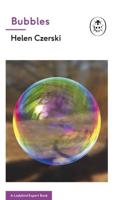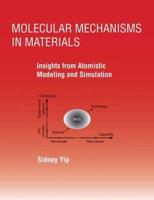Publisher's Synopsis
This book gives an overview of the existing self-healing nanotextured vascular approaches. It
describes the healing agents used in engineering self-healing materials as well as the
fundamental physicochemical phenomena accompanying self-healing. This book also addresses
the different fabrication methods used to form core-shell nanofiber mats. The fundamental
theoretical aspects of fracture mechanics are outlined. A brief theoretical description of cracks
in brittle elastic materials is given and the Griffith approach is introduced. The fracture
toughness is described, including viscoelastic effects. Critical (catastrophic) and subcritical
(fatigue) cracks and their growth are also described theoretically. The adhesion and cohesion
energies are introduced as well, and the theory of the blister test for the two limiting cases of
stiff and soft materials is developed. In addition, the effect of non-self-healing nanofiber mats
on the toughening of ply surfaces in composites is discussed. The book also presents a brief
description of the electrochemical theory of corrosion crack growth. All the above-mentioned
phenomena are relevant in the context of self-healing materials.










